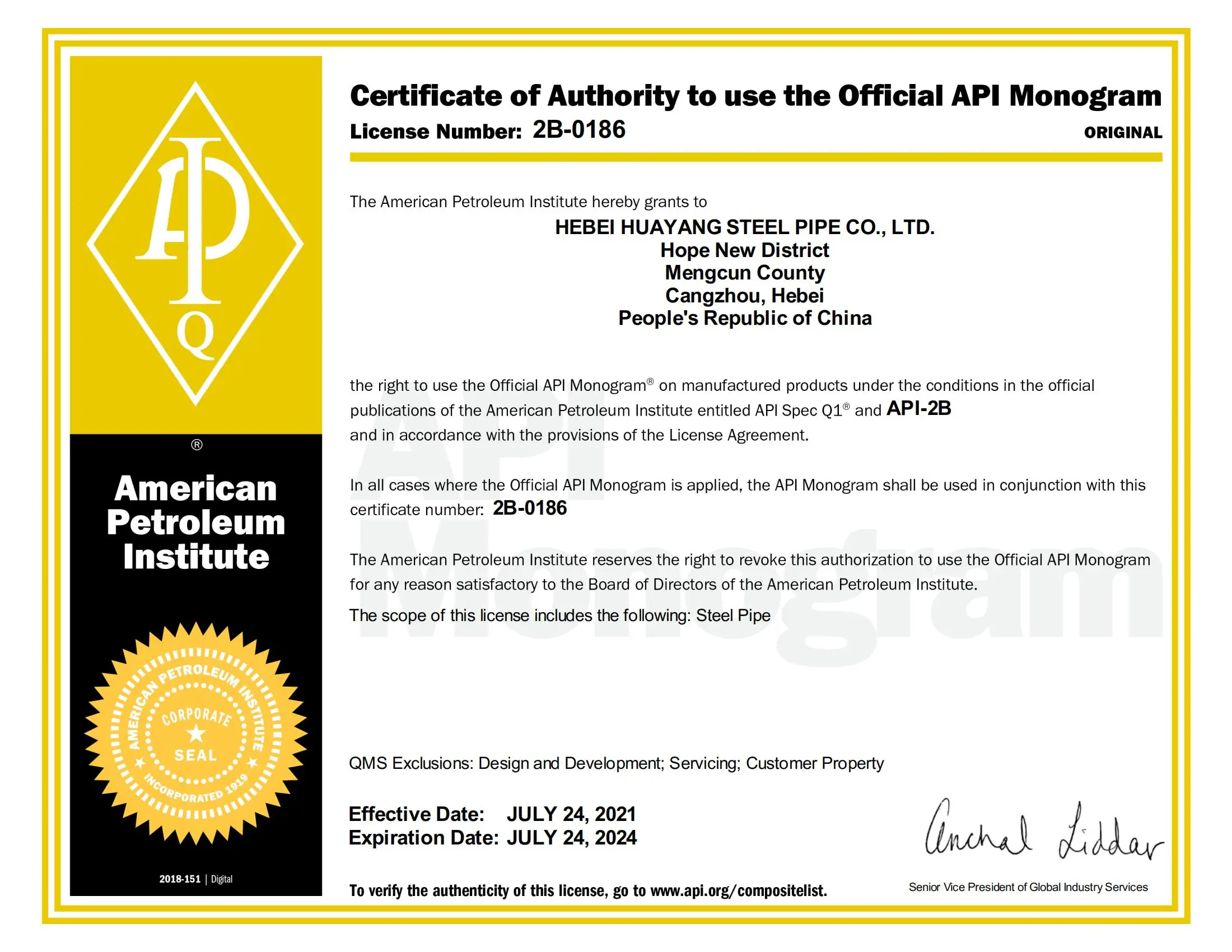
Nov . 11, 2024 02:20 Back to list
Understanding the Basics and Applications of HPMC in Various Industries
Understanding HPMC An Overview
Hydroxypropyl Methylcellulose (HPMC) is a widely used polymer derived from cellulose, a natural polymer found in plant cell walls. It has gained significant popularity in various industries, including pharmaceuticals, food, cosmetics, and construction. This article delves into the properties, applications, and benefits of HPMC, providing a comprehensive understanding of this versatile compound.
Properties of HPMC
HPMC is a semi-synthetic polymer that exhibits several advantageous properties, making it a popular choice for various applications. One of its key characteristics is its ability to form a gel when mixed with water, which can be easily adjusted by altering the degree of substitution of the hydroxypropyl and methyl groups. This property is particularly beneficial in creating controlled-release formulations in the pharmaceutical industry.
Additionally, HPMC is odorless, tasteless, and non-toxic, making it suitable for use in food and cosmetic products. Its solubility in both cold and hot water allows it to function as a thickening agent, stabilizer, and emulsifier in various formulations. Furthermore, HPMC is resistant to heat and can maintain its viscoelastic properties under different temperature conditions.
Applications of HPMC
.
1. Pharmaceuticals HPMC is extensively used in the formulation of tablets and capsules. It serves as a binder, disintegrant, and controlled-release agent, allowing for the precise release of active ingredients. Its hydrophilic nature ensures that drugs dissolve efficiently, enhancing bioavailability.
hpmc چیست

2. Food Industry In the food sector, HPMC acts as a food additive, providing texture and mouthfeel to products. It is commonly found in gluten-free baking to improve the elasticity of dough. Additionally, HPMC is employed as a stabilizer in sauces, dressings, and dairy products.
3. Cosmetics HPMC is used in various cosmetic formulations, including creams, lotions, and gels. Its thickening properties enhance texture and provide a smooth application. Moreover, it acts as a film-forming agent, helping products adhere to the skin.
4. Construction In the construction industry, HPMC is utilized as an additive in cement-based products, such as tile adhesives and grouts. It improves workability, water retention, and adhesion, making it essential for high-performance construction materials.
Benefits of HPMC
The numerous benefits of HPMC contribute to its popularity across various fields. Its ability to enhance the texture, stability, and performance of products makes it an essential ingredient in many formulations. As a plant-derived ingredient, it appeals to consumers looking for natural and non-toxic alternatives in their food and personal care products.
Additionally, HPMC is environmentally friendly, as it is biodegradable and derived from renewable resources. This aspect aligns with the growing demand for sustainable ingredients in product development.
Conclusion
In summary, Hydroxypropyl Methylcellulose (HPMC) is a versatile and valuable compound widely utilized across various industries. Its unique properties, including gel formation, solubility, and non-toxic nature, make it suitable for numerous applications in pharmaceuticals, food, cosmetics, and construction. As consumers increasingly seek natural and sustainable products, HPMC's popularity will likely continue to grow. Understanding the role and benefits of HPMC is crucial for manufacturers and consumers alike, as it plays an integral part in enhancing product quality and performance.
-
Versatile Hpmc Uses in Different Industries
NewsJun.19,2025
-
Redispersible Powder's Role in Enhancing Durability of Construction Products
NewsJun.19,2025
-
Hydroxyethyl Cellulose Applications Driving Green Industrial Processes
NewsJun.19,2025
-
Exploring Different Redispersible Polymer Powder
NewsJun.19,2025
-
Choosing the Right Mortar Bonding Agent
NewsJun.19,2025
-
Applications and Significance of China Hpmc in Modern Industries
NewsJun.19,2025







